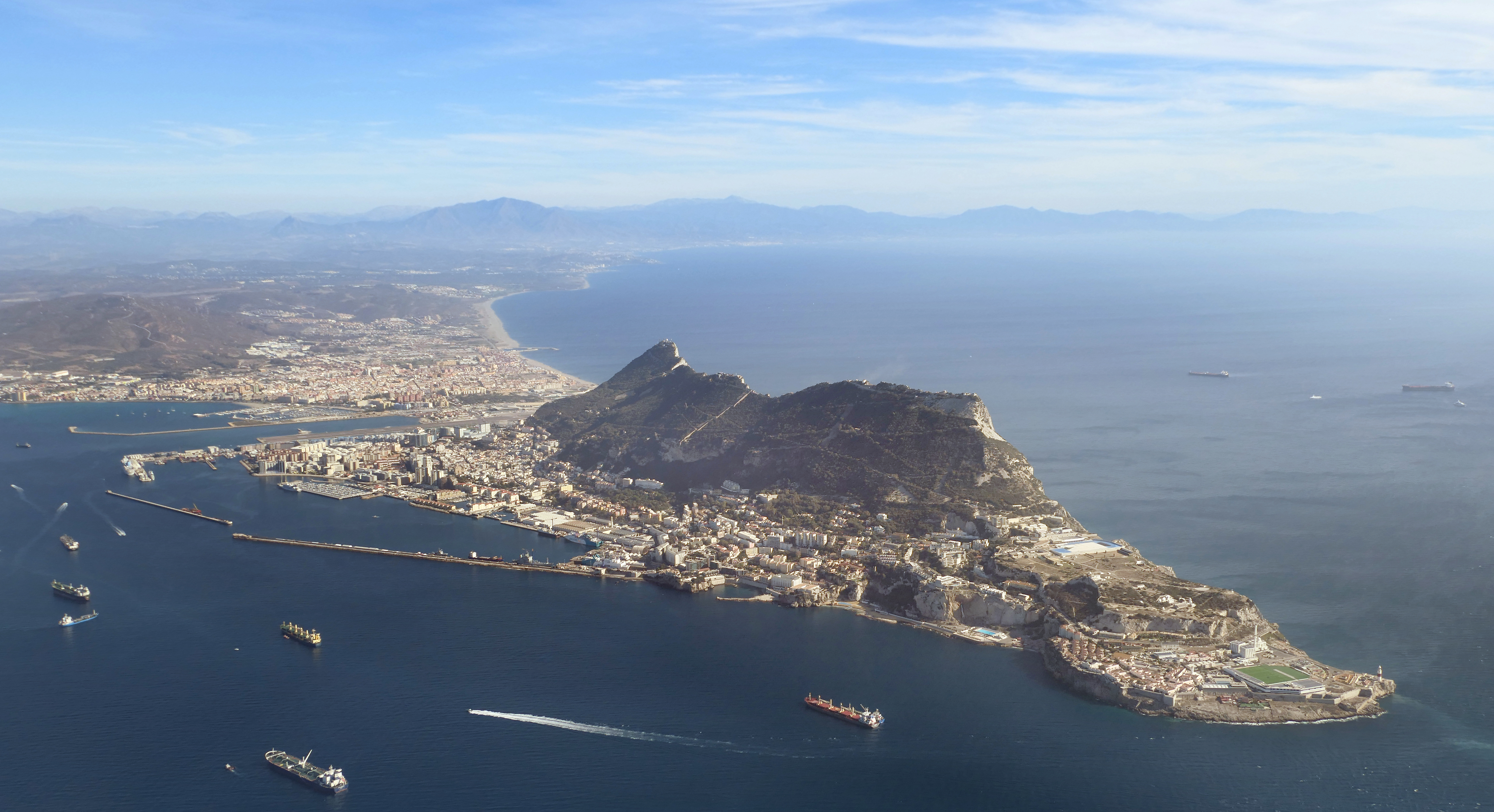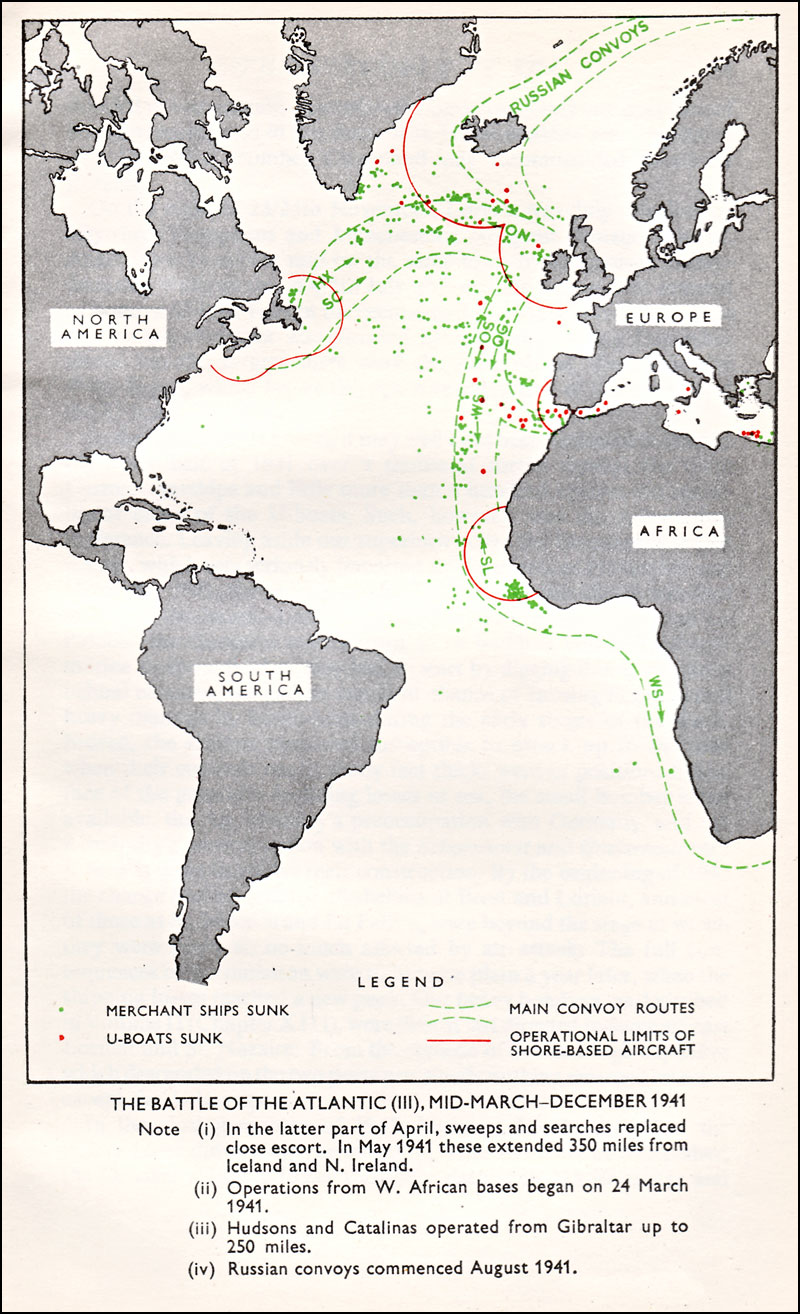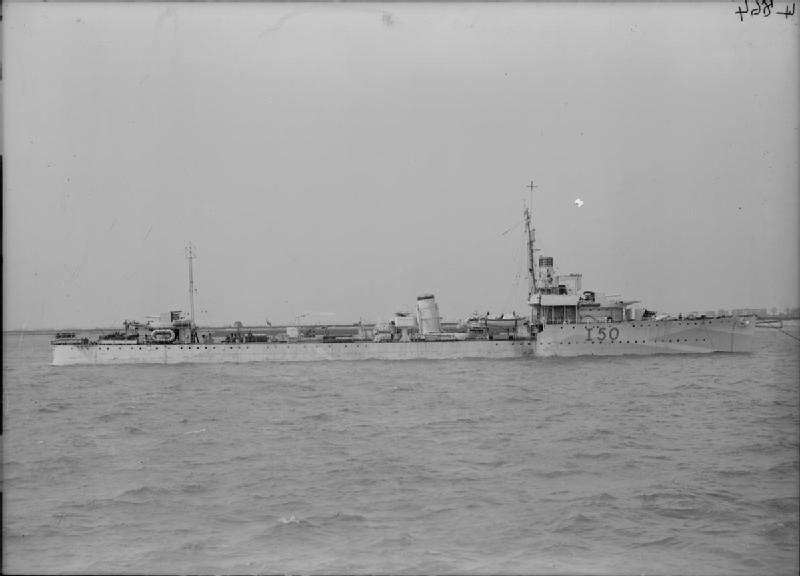|
HMS Fowey (L15)
HMS ''Fowey'' was a ''Shoreham''-class sloop of the Royal Navy. She served during the Second World War. Construction and commissioning ''Fowey'' was ordered on 4 December 1929, under the 1929 Programme. She was laid down at Devonport Dockyard on 24 March 1930, and was launched on 4 November that year by a Mrs Treffery. She was commissioned on 11 September 1931 and was initially manned by the Devonport Port Division. She was then assigned to the Persian Gulf and served there until August 1939. She then spent a period under repair at Bombay, before being manned by the Portsmouth Port Division. She was adopted by the civil community of Wincanton, Somerset in March 1942, following a successful Warship Week National Savings campaign. Wartime career Early duties and successes ''Fowey'' was transferred to serve in the Mediterranean on 9 September after her repairs had been completed. By October she was engaged on contraband patrols, before being transferred to Freetown to join ... [...More Info...] [...Related Items...] OR: [Wikipedia] [Google] [Baidu] |
Naval Ensign Of The United Kingdom
The White Ensign, at one time called the St George's Ensign due to the simultaneous existence of a cross-less version of the flag, is an ensign worn on British Royal Navy ships and shore establishments. It consists of a red St George's Cross on a white field, identical to the flag of England except with the Union Flag in the upper canton. The White Ensign is also worn by yachts of members of the Royal Yacht Squadron and by ships of Trinity House escorting the reigning monarch. In addition to the United Kingdom, several other nations have variants of the White Ensign with their own national flags in the canton, with the St George's Cross sometimes being replaced by a naval badge omitting the cross altogether. Yachts of the Royal Irish Yacht Club wear a white ensign with an Irish tricolour in the first quadrant and defaced by the crowned harp from the Heraldic Badge of Ireland. The Flag of the British Antarctic Territory and the Commissioners' flag of the Northern Lig ... [...More Info...] [...Related Items...] OR: [Wikipedia] [Google] [Baidu] |
Southampton
Southampton () is a port City status in the United Kingdom, city in the ceremonial county of Hampshire in southern England. It is located approximately south-west of London and west of Portsmouth. The city forms part of the South Hampshire, South Hampshire built-up area, which also covers Portsmouth and the towns of Havant, Waterlooville, Eastleigh, Fareham and Gosport. A major port, and close to the New Forest, it lies at the northernmost point of Southampton Water, at the confluence of the River Test and River Itchen, Hampshire, Itchen, with the River Hamble joining to the south. Southampton is classified as a Medium-Port City . Southampton was the departure point for the and home to 500 of the people who perished on board. The Supermarine Spitfire, Spitfire was built in the city and Southampton has a strong association with the ''Mayflower'', being the departure point before the vessel was forced to return to Plymouth. In the past century, the city was one of Europe's mai ... [...More Info...] [...Related Items...] OR: [Wikipedia] [Google] [Baidu] |
HMS Watchman (D26)
HMS ''Watchman'' was a W-class destroyer of the British Royal Navy that saw service in the final months of World War I, in the Russian Civil War, and in World War II. Construction and commissioning ''Watchman'' was ordered on 9 December 1916 and was laid down by John Brown & Company at Clydebank, Scotland, on 17 January 1917. Launched on 2 December 1917, she was completed on 26 January 1918 and commissioned the same day. She was assigned the pennant number G23 in January 1918; it was changed to G09 in April 1918, and to D26 during the interwar period. Service history World War I Upon completion, ''Watchman'' was assigned to the Grand Fleet, based at Scapa Flow in the Orkney Islands, in which she served for the rest of World War I. Interwar ''Watchman'' and the destroyer were dispatched from Scapa Flow in late March 1919 to take part in the Freedom of the City celebration at Liverpool in honor of the Grand Fleets commander, Admiral Sir David Beatty, proceeding ... [...More Info...] [...Related Items...] OR: [Wikipedia] [Google] [Baidu] |
Gibraltar
) , anthem = " God Save the King" , song = " Gibraltar Anthem" , image_map = Gibraltar location in Europe.svg , map_alt = Location of Gibraltar in Europe , map_caption = United Kingdom shown in pale green , mapsize = , image_map2 = Gibraltar map-en-edit2.svg , map_alt2 = Map of Gibraltar , map_caption2 = Map of Gibraltar , mapsize2 = , subdivision_type = Sovereign state , subdivision_name = , established_title = British capture , established_date = 4 August 1704 , established_title2 = , established_date2 = 11 April 1713 , established_title3 = National Day , established_date3 = 10 September 1967 , established_title4 = Accession to EEC , established_date4 = 1 January 1973 , established_title5 = Withdrawal from the EU , established_date5 = 31 January 2020 , official_languages = English , languages_type = Spoken languages , languages = , capital = Westside, Gibraltar (de facto) , coordinates = , largest_settlement_type = largest district , larg ... [...More Info...] [...Related Items...] OR: [Wikipedia] [Google] [Baidu] |
Convoy OG 22F
A convoy is a group of vehicles, typically motor vehicles or ships, traveling together for mutual support and protection. Often, a convoy is organized with armed defensive support and can help maintain cohesion within a unit. It may also be used in a non-military sense, for example when driving through remote areas. Naval convoys Age of Sail Naval convoys have been in use for centuries, with examples of merchant ships traveling under naval protection dating to the 12th century. The use of organized naval convoys dates from when ships began to be separated into specialist classes and national navies were established. By the French Revolutionary Wars of the late 18th century, effective naval convoy tactics had been developed to ward off pirates and privateers. Some convoys contained several hundred merchant ships. The most enduring system of convoys were the Spanish treasure fleets, that sailed from the 1520s until 1790. When merchant ships sailed independently, a privateer ... [...More Info...] [...Related Items...] OR: [Wikipedia] [Google] [Baidu] |
HMS Wrestler (D35)
HMS ''Wrestler'' (D35) was a built by the Royal Navy during the First World War and active from 1939 to 1944 during the Second World War. She was the first Royal Navy ship to bear that name, and the only one to do so to date. Construction and design On 9 December 1916, the British Admiralty placed an order for 21 large destroyers based on the V class as part of the 10th War Construction Programme, which became the Admiralty W class. This order included two destroyers, and ''Wrestler'', to be built by Swan Hunter. ''Wrestler'' was long overall and between perpendiculars, with a beam of and a draught of between and depending on load. Displacement was standard, and up to deep load. Three oil-fed Yarrow boilers raising steam at fed Brown-Curtis geared steam turbines which developed , driving two screws for a maximum designed speed of . The ship carried of oil giving a range of at . The ship had a main gun armament of four 4-inch Mk V QF guns in single mounts on th ... [...More Info...] [...Related Items...] OR: [Wikipedia] [Google] [Baidu] |
Destroyer
In naval terminology, a destroyer is a fast, manoeuvrable, long-endurance warship intended to escort larger vessels in a fleet, convoy or battle group and defend them against powerful short range attackers. They were originally developed in 1885 by Fernando Villaamil for the Spanish NavySmith, Charles Edgar: ''A short history of naval and marine engineering.'' Babcock & Wilcox, ltd. at the University Press, 1937, page 263 as a defense against torpedo boats, and by the time of the Russo-Japanese War in 1904, these "torpedo boat destroyers" (TBDs) were "large, swift, and powerfully armed torpedo boats designed to destroy other torpedo boats". Although the term "destroyer" had been used interchangeably with "TBD" and "torpedo boat destroyer" by navies since 1892, the term "torpedo boat destroyer" had been generally shortened to simply "destroyer" by nearly all navies by the First World War. Before World War II, destroyers were light vessels with little endurance for unat ... [...More Info...] [...Related Items...] OR: [Wikipedia] [Google] [Baidu] |
HMS Bideford (L43)
HMS ''Bideford'' was a Royal Navy sloop. She was named after the town of Bideford in Devon and was launched on 1 April 1931. Construction and design The British Admiralty ordered four sloops of the new as part of the 1929 construction programme, with two each ordered from Devonport and Chatham dockyards. They were an improved version of the of the 1928 programme, which were themselves a modification of the .Hague 1993, pp. 6, 12, 31.Campbell 1980, pp. 55–56. ''Bideford'' was long overall, with a beam of and a draught of . Displacement was standard.Hague 1993, p. 32. Two Admiralty 3-drum water-tube boilers fed two geared steam turbines which drove two propeller shafts. The machinery was rated at , giving a speed of .Campbell 1980, p. 56. The ship's main gun armament consisted of two 4-inch (102 mm) QF Mk V guns mounted fore-and-aft on the ship's centreline, with the forward gun on a High-Angle (HA) anti-aircraft mounting and the aft gun on a Low-Angl ... [...More Info...] [...Related Items...] OR: [Wikipedia] [Google] [Baidu] |
Western Approaches
The Western Approaches is an approximately rectangular area of the Atlantic Ocean lying immediately to the west of Ireland and parts of Great Britain. Its north and south boundaries are defined by the corresponding extremities of Britain. The coast of the mainland forms the eastern side and the western boundary is the 30 degree meridian, which passes through Iceland. The area is particularly important to the United Kingdom, because many of its larger shipping ports lie within it. The term is most commonly used when discussing naval warfare, notably during the First World War and Battle of the Atlantic during the Second World War in which Nazi Germany's ''Kriegsmarine'' attempted to blockade the United Kingdom using submarines (U-boats) operating in this area. Since almost all shipping to and from the United Kingdom passed through this area, it was an excellent hunting ground and had to be heavily defended. See also *Irish Sea The Irish Sea or , gv, Y Keayn Yernagh, ... [...More Info...] [...Related Items...] OR: [Wikipedia] [Google] [Baidu] |
Isles Of Scilly
The Isles of Scilly (; kw, Syllan, ', or ) is an archipelago off the southwestern tip of Cornwall, England. One of the islands, St Agnes, is the most southerly point in Britain, being over further south than the most southerly point of the British mainland at Lizard Point. The total population of the islands at the 2011 United Kingdom census was 2,203. Scilly forms part of the ceremonial county of Cornwall, and some services are combined with those of Cornwall. However, since 1890, the islands have had a separate local authority. Since the passing of the Isles of Scilly Order 1930, this authority has had the status of a county council and today is known as the Council of the Isles of Scilly. The adjective "Scillonian" is sometimes used for people or things related to the archipelago. The Duchy of Cornwall owns most of the freehold land on the islands. Tourism is a major part of the local economy, along with agriculture—particularly the production of cut flower ... [...More Info...] [...Related Items...] OR: [Wikipedia] [Google] [Baidu] |
Royal Air Force
The Royal Air Force (RAF) is the United Kingdom's air and space force. It was formed towards the end of the First World War on 1 April 1918, becoming the first independent air force in the world, by regrouping the Royal Flying Corps (RFC) and the Royal Naval Air Service (RNAS). Following the Allied victory over the Central Powers in 1918, the RAF emerged as the largest air force in the world at the time. Since its formation, the RAF has taken a significant role in British military history. In particular, it played a large part in the Second World War where it fought its most famous campaign, the Battle of Britain. The RAF's mission is to support the objectives of the British Ministry of Defence (MOD), which are to "provide the capabilities needed to ensure the security and defence of the United Kingdom and overseas territories, including against terrorism; to support the Government's foreign policy objectives particularly in promoting international peace and security". T ... [...More Info...] [...Related Items...] OR: [Wikipedia] [Google] [Baidu] |
HMS Whitshed (D77)
HMS ''Whitshed'' (D77/I77) was an Admiralty modified W-class destroyer of the Royal Navy. She was ordered from Swan Hunter & Wigham Richardson Ltd under the 14th Order for Destroyers in the Emergency War Program of 1918–19. She was the first ship to carry the name. Construction HMS ''Whitshed''s keel was laid on 3 June 1918 at the Swan Hunter & Wigham Richardson Ltd. at Wallsend on Tyne. She was launched on 31 January 1919.Whitley 2000, p. 90. She was overall in length with a beam of . Her mean draught was , and would reach under full load. She had a displacement of 1,140 tons standard and up to 1,550 full load. She was propelled by three Yarrow water tube boilers powering Brown-Curtis geared steam turbines developing 27,000 SHP driving two screws for a maximum designed speed of 34 knots. She was oil-fired and had a bunkerage of 320 to 370 tons. This gave a range of between 3500 nautical miles at 15 knots and 900 nautical miles at 32 knots. She shipped four BL 4.7 in ... [...More Info...] [...Related Items...] OR: [Wikipedia] [Google] [Baidu] |




